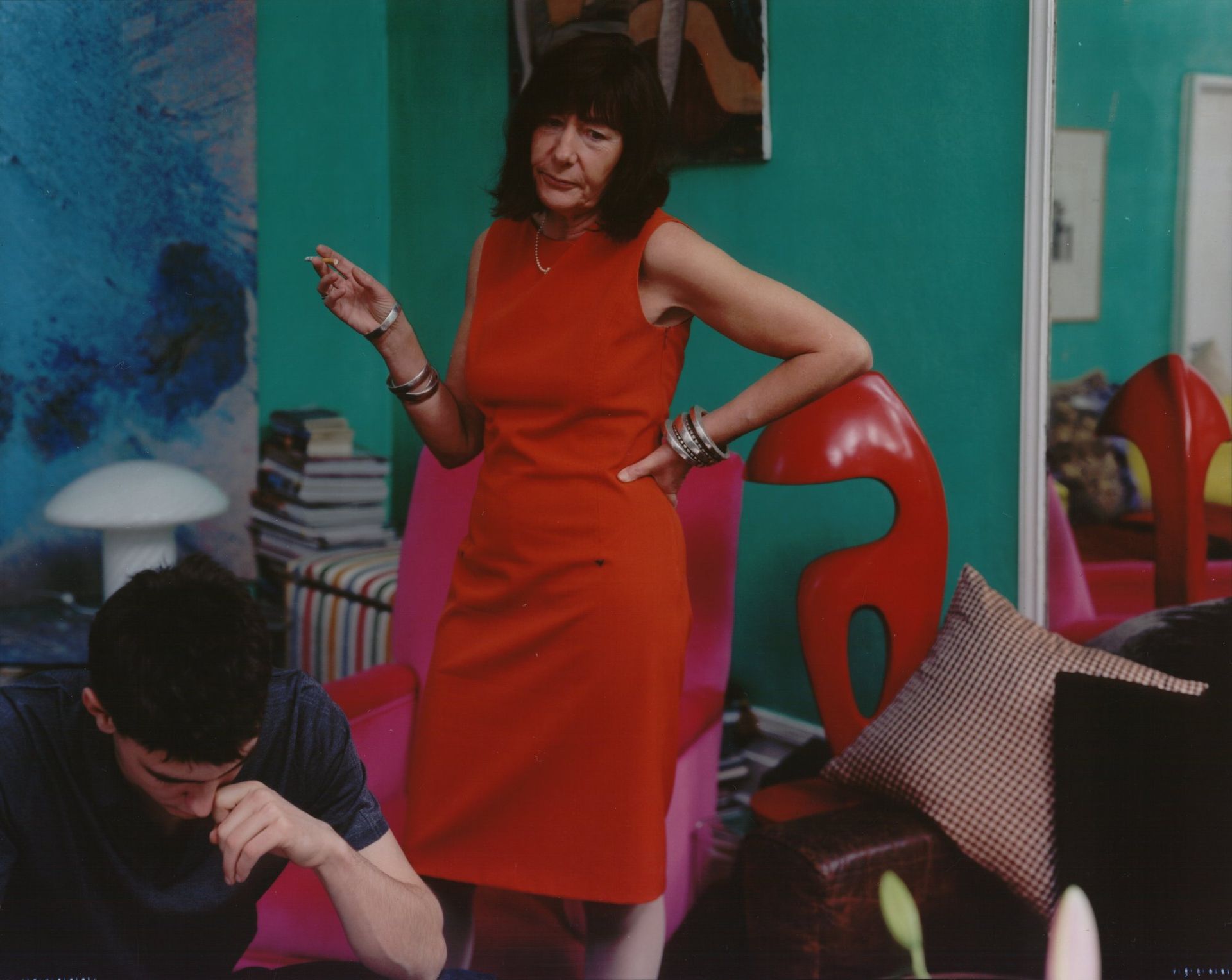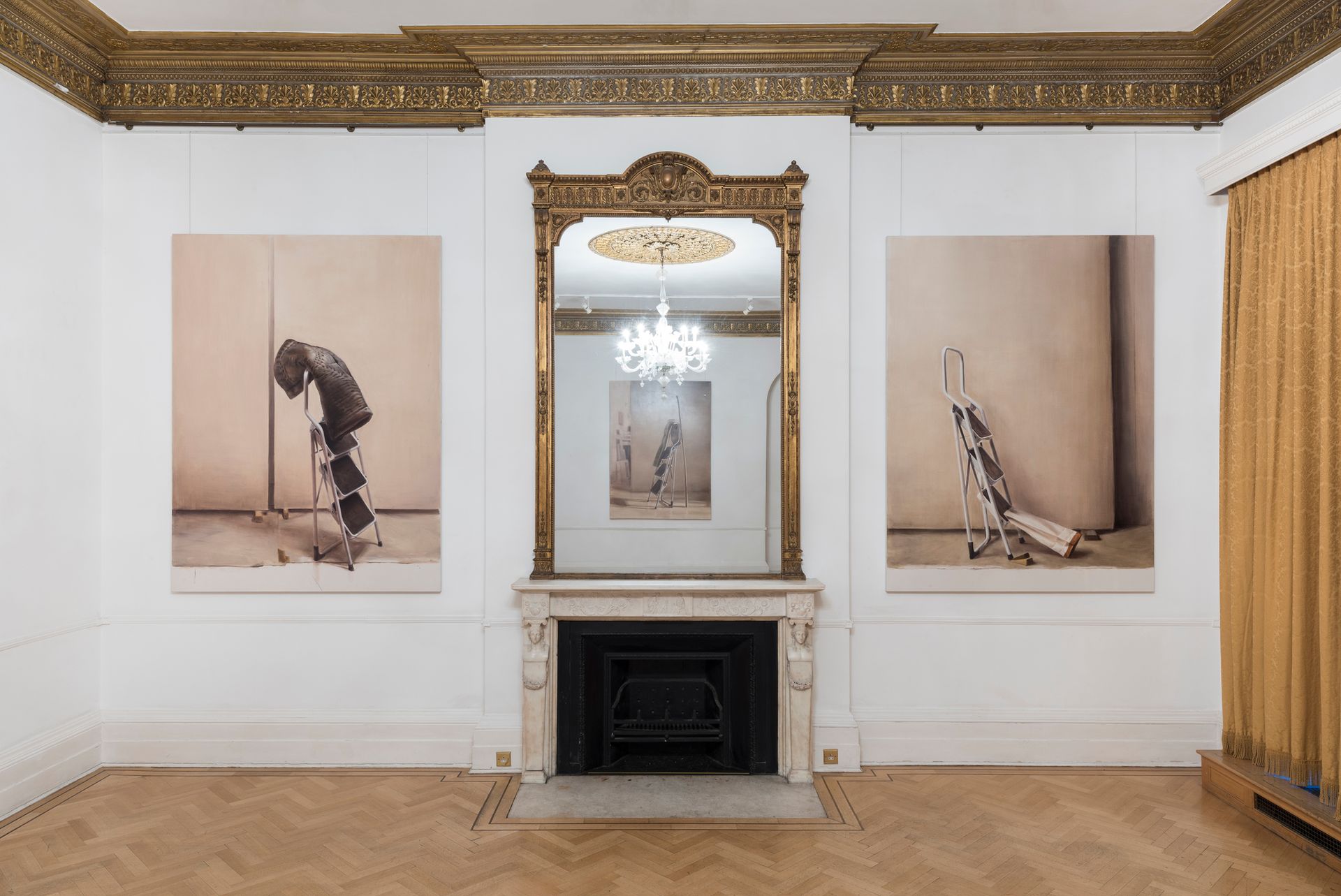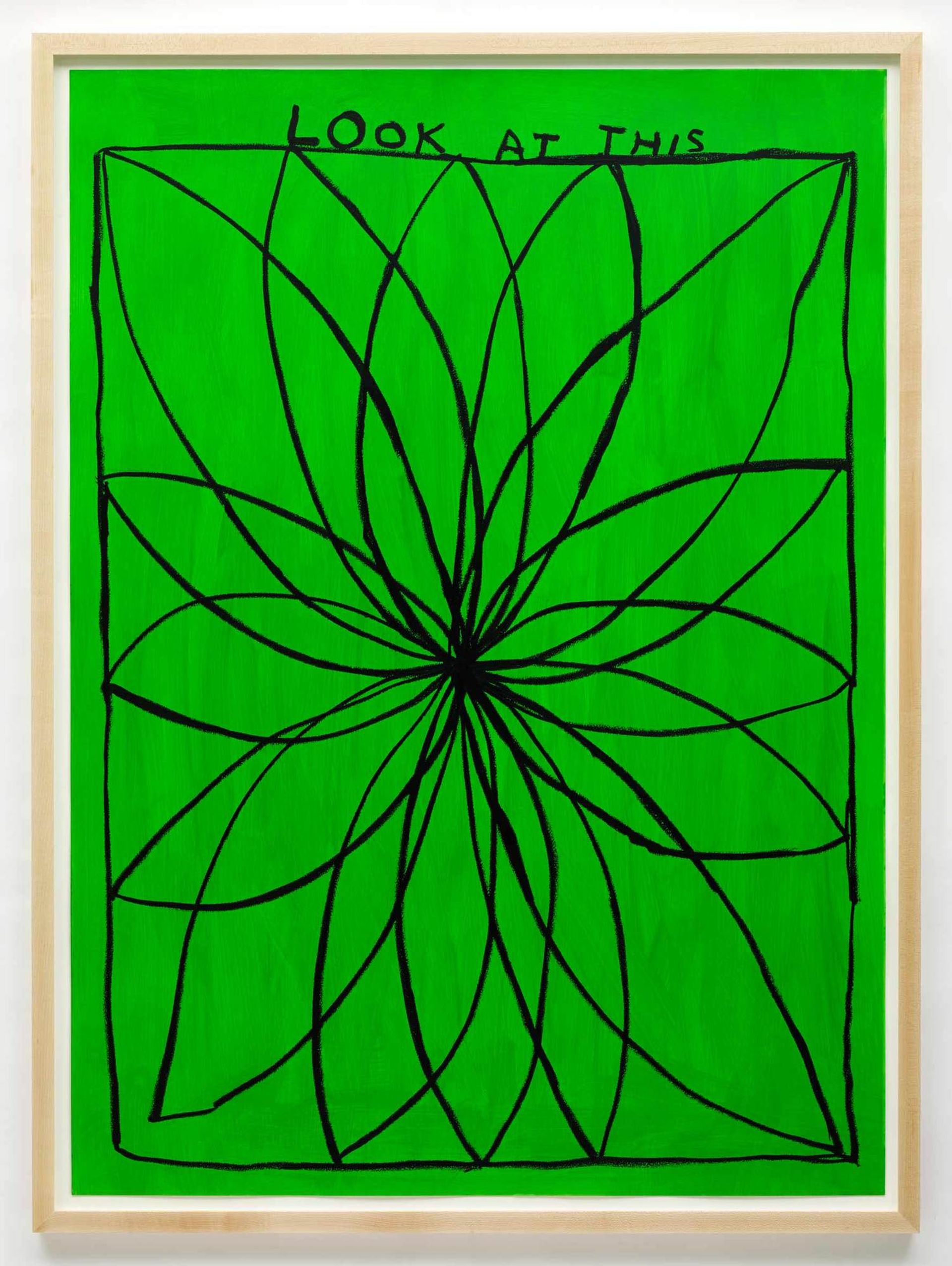Delacroix and the Rise of Modern Art, National Gallery (until 22 May)
This is the first major UK show in more than 50 years of the great 19th-century French Romantic, Eugène Delacroix, described by Baudelaire as “a poet in painting.” However, this overdue exhibition is devoted as much to the many artists who claimed Delacroix as their hero as to the artist himself. Only a third of the works are by Delacroix and many of these are on a reduced scale—his epic orgiastic The Death of Sardanapalus is represented by a small, later copy—with the rest of the show taken up by homages from both his contemporary admirers as well as subsequent generations who fell under his spell.
So although there are some wonderful works here, Delacroix often gets submerged in the crowd of his admirers, which include Manet, Renoir, Courbet, Gauguin, Cézanne and Van Gogh, as well as Matisse and Kandinsky. Instead of Delacroix’s breakthrough painting of The Barque of Dante, we have Manet’s copy painted 32 years later. And while Renoir especially admired the colours and vivacious brushstrokes of Delacroix’s Orientalist works, his tributes to the exoticised Moroccans pale before the vivacity of the originals. Van Gogh’s awe of what he described as Delacroix’s “colour gymnastics” here manifests itself in an extraordinary Pieta, painted after Delacroix in a palette of lemon and Prussian blue. Cézanne was another devotee and even went as far as painting a rather odd hagiographic apotheosis to the great man, who hovers above a group of artist supplicants. But beyond a series of copied poses and motifs, the actual influence of Delacroix on Cézanne’s work is hard to see.
More satisfying is the glorious room devoted to the impact of Delacroix’s monumental flower studies, which led to a revival of the genre. It is here and in the show’s last rooms containing the haunting works of visionary Symbolists Odilon Redon and Gustave Moreau that the legacy of Delacroix’s vivid, rebellious voluptuousness is carried through, culminating in an exhilarating painting by Moreau’s pupil Matisse, appropriately titled Luxe, Calme et Volupté.

Strange and Familiar: Britain as Revealed by International Photographers, Barbican Art Gallery (until 19 June)
Martin Parr has been turning his affectionately satirical gaze on the ordinary oddities of the British for decades and is also a major collector and scholar of international photography. He’s therefore the ideal curator for an exhibition that examines how 23 international photographers from the 1930s to today have captured the social, cultural and political aspects of Britishness through the lens of a camera.
Amongst the work sel ected by Parr are predictable depictions of slum squalor, toffs in hats and craggy country folk. But viewed with foreign eyes—and often those belonging to documentary photography’s all-time greats—even the most stereotypical subjects emerge with new perspective and different emphasis. Henri Cartier-Bresson chronicles the spontaneous public celebrations of royal coronations, weddings and jubilees with a keen humanity and formal acuity; Paul Strand records doughty communities of 1950s Outer Hebrides in the shadow of the Cold War; while Robert Frank provides a forlorn dual portrayal of the streets of London and the mines of south Wales.
We see London swinging and protesting courtesy of Frank Habicht and the architecture of a changing Liverpool through the eyes of a young Candida Höfer. There’s also an extraordinary series taken on the streets Belfast and Derry/Londonderry by the Japanese war photographer Akihiko Okamura at the height of the Troubles. But not only is this show a multifaceted history of Britain charted by very different sensibilities through the decades, it also records the developing medium of photography itself, as social documentary gives way to fine-art photography and colour floods in. In the show’s later rooms, places and people are given separate portrayals, whether Rineke Dijkstra’s clubbing Liverpool teenagers, Jim Dow’s empty Peckham eel and pie shop or Bruce Gilden’s huge, excruciatingly-detailed faces of battered Britishers who have seen much better days. This cavalcade culminates in Hans Eijkelboom’s digital slideshow of the crowds in Birmingham’s bullring, who now hail from all corners of the globe, but are grouped according to the details of their dress.

Manuele Cerutti: Proprioception, Italian Cultural Institute (until 12 May) and online
I learnt a new word at this show of strange, sombre, oil paintings by Turin-based Manuele Cerruti, his first in this country. “Proprioception” apparently describes the body’s innate ability to perceive movement and to sense its spatial placement without having consciously to look. This intense, instinctive bodily experience of space underpins Cerruti’s paintings, in which he often uses inanimate objects as substitutes for the human figure. In three large works a common stepladder balances precariously and in turn holds other objects—a rolled quilt, a book, a stick—in a fragile equilibrium that seems as charged with human behaviour as the two small self-portraits of the artist in which he uncomfortably balances a chair across his shoulders.
In a series of small canvases, and one work on board, keenly observed objects are isolated and carefully positioned in such a way that they lose their original function and form, and produce charged, suggestive relationships with each other. A pair of nails placed tip to tip, a duo of car sidelights laid on a stool, a strip of something unidentifiable and shiny propped against a wall, are all infused with a surreal strangeness that also owes much to Cerruti’s lush but meticulous handling of the oil paint. The subtle subjectivity and sense of physical presence that emanates from these beguiling works confirms yet again that painting is still as alive and relevant as ever.
David Shrigley: Drawings and Paintings, Stephen Friedman Gallery (until 20 April)

For his current show at Stephen Friedman Gallery, David Shrigley has gone back to the drawing board with a series of large-scale works on paper in which he returns to his most pared-down combinations of image and text. Working with oil stick for the first time and in unusually (for him) vivid colours, he’s produced a series of riffs on the upbeat, eye-catching geometry of 1960s Op art, which he gently subverts and satirises in characteristically wonky Shrigley style.
In one piece, a series of concentric diamonds ends in a tiny, chalked-in message, declaring, “IT’S OK”. In another, a series of chevrons all point towards a wobbly instruction to “LOOK AT THIS”. While in one of the show’s most weirdly disturbing works the happy-clappy vibe of a series of sunny yellow discs emblazoned with the words “WARM FEELINGS” and “FEELINGS of WARMTH” is completely undermined by the underlying web of spidery lines that entraps and entangles these little beacons of optimism—and is completely counter to their written message.
Yet again, in the world of Shrigley, everyday situations and human encounters are amiably yet also bleakly satirised. Although their awkward hand made style makes his work at first appear welcoming and user-friendly, simplicity is deceptive and things are invariably darker and more complicated than they might initially seem.


